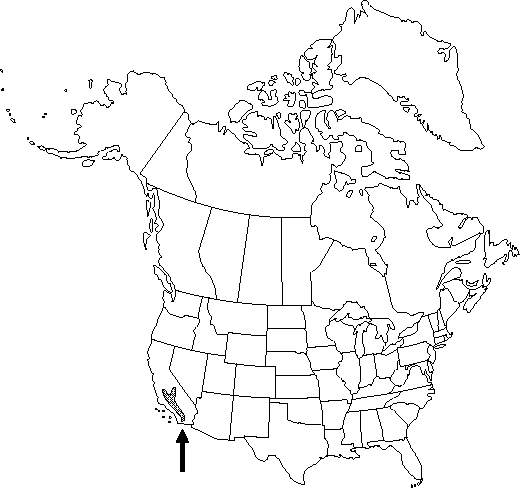Difference between revisions of "Delphinium patens subsp. montanum"
Bull. Torrey Bot. Club 69: 147. 1942.
imported>Volume Importer |
imported>Volume Importer |
||
| Line 58: | Line 58: | ||
|publication year=1942 | |publication year=1942 | ||
|special status=Endemic | |special status=Endemic | ||
| − | |source xml=https:// | + | |source xml=https://bitbucket.org/aafc-mbb/fna-data-curation/src/2e0870ddd59836b60bcf96646a41e87ea5a5943a/coarse_grained_fna_xml/V3/V3_298.xml |
|genus=Delphinium | |genus=Delphinium | ||
|section=Delphinium sect. Diedropetala | |section=Delphinium sect. Diedropetala | ||
Latest revision as of 21:47, 5 November 2020
Leaves: basal leaves usually absent at anthesis; basal and proximal cauline leaves usually cleft more than 4/5 radius of blade. Leaf blade: ultimate lobes 5-10, width less than 10 mm. Inflorescences: pedicel generally glandular-puberulent. Flowers: lateral sepals 7-11 mm, spurs 8-14 mm; lower petal blades 3-6 mm; hairs symmetrically distributed.
Phenology: Flowering late spring–early summer.
Habitat: Open coniferous forest
Elevation: 1500-2800 m
Discussion
Delphinium patens subsp. montanum is usually found on drier, leeward sides of mountain ranges; subsp. hepaticoideum is found on wetter, windward sides of many of the same mountain ranges.
Delphinium patens subsp. montanum is likely to be confused with D. gracilentum or D. nuttallianum; see discussion under those species for distinguishing features.
Hybrids with D. umbraculorum are known.
Selected References
None.
